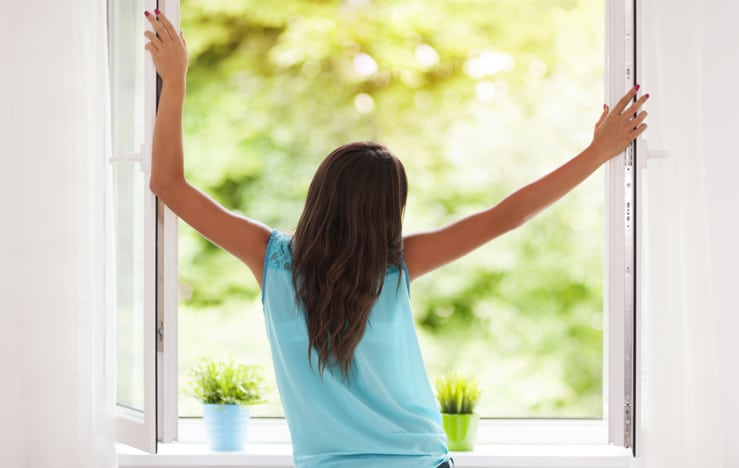HVAC Settings for Hot Days, Cool Nights
When I was growing up in Southern California in the 1960s and 1970s, it always seemed the hottest week of the year was the first week of school.
the hottest week of the year was the first week of school.
Back then, they let us enjoy summer until Labor Day. But it was that first week of September when the mercury in the thermometer would hit its peak.
We live in a geography that experiences summer later than the rest of the nation. June in California can be cool and wet, but September and October can be brutally hot, including triple-digit temperatures. This is the famous “Santa Ana” condition, when hot winds from the desert sweep into the L.A. Basin and make our afternoons feel like an oven. There’s a saving grace to Santa Ana weather, though. While the afternoons are scorching, the evenings usually cool off. Those late summer evenings can be delightful.
Cool nights can also help you keep your home comfortable in a surprisingly affordable way. One thing you can do is to open all your windows. Make it easy for that hot, stuffy air to be replaced with cool evening breezes. You can accelerate this air change by also turning on your furnace fan. Most thermostats have Fan options that vary between Auto, On, or Ventilate. Auto means the fan runs automatically when your system is heating or cooling. On means that it runs regardless of heating or cooling needs. Ventilate, less common, will run with heating and cooling but also run 20 minutes on the hour even without a need to heat and cool. If you’re opening your windows to bring in fresh air, using the On setting will accelerate the exchange of air and also circulate the exchanged air throughout the house. So set the Fan switch to On and you’ll cool the house with outside air much more quickly. When you go to bed, move the fan setting back to Auto.
An even more effective way to cool the house with evening air is to install a whole house fan. These fans are designed to put the entire house under negative pressure, pushing indoor air into the attic (improving the ventilation there) and pulling outdoor air in to replace it. You’ll need to open windows to let that outdoor air in. Whole house fans have been around a long time, but older models were bulky, noisy and expensive to install. Today’s models are much quieter and more compact. They’re a great way to cool the house when temperatures drop outdoors without adding wear and tear (and high electric bills) on your air conditioner.
We’re blessed with one of the best climates in the world here in Southern California. Do enjoy it as much as possible while keeping your utility bills (and carbon footprint) within reason.
